The Netherlands might not be a big country, but the Dutch have had a sizable impact on the world as we know it today. From the ages of European colonialism to modern inventions, the Netherlands outperforms expectations on a global stage.
So just what exactly is the Netherlands known for these days? You’ve come to the right place. In this post we will go through the Top 20 things the Netherlands is known for.
I spent four years of my life living in the Netherlands and adapting – or at least trying my best to adapt – to Dutch culture. The things on this list are not subjective, but I’ve added some commentary from the standpoint of an expat living in the Netherlands.
- 1: The Bicycle as a Form of Transportation
- 2: Cheese
- 3: Canals and Civil Engineering
- 4: Windmills
- 5: Tulips
- 6: Wooden Clogs
- 7: Famous Painters
- 8: Global Conglomerates
- 9. Being Almost Completely Flat
- 10: Having the Tallest People on Earth
- 11: Having High English Proficiency
- 12. Agricultural Exports
- 13: Liberal Policies on Marijuana and Prostitution
- 14. Red Light Districts
- 15: The Dutch are Very Direct
- 16. House Music and DJs
- 17: Speed Skating
- 18. Superyachts
- 19: Being the Best Footballing Nation Never to Win the World Cup
- 20: Tiny Beers
Additional Netherlands travel info:
- 25 Tips for Amsterdam first time visitors
- Dutch food culture and eating in the Netherlands
- The 10 best Breweries in the Netherlands
- 7-day Netherlands Itinerary
- Experience Amsterdam Like a Local
- Best Day Trips from Amsterdam
- How the Dutch got their Surnames
- Best time of year to visit the Netherlands
But without holding you up any longer, here are the Top 20 things that the Netherlands is known for.
1: The Bicycle as a Form of Transportation
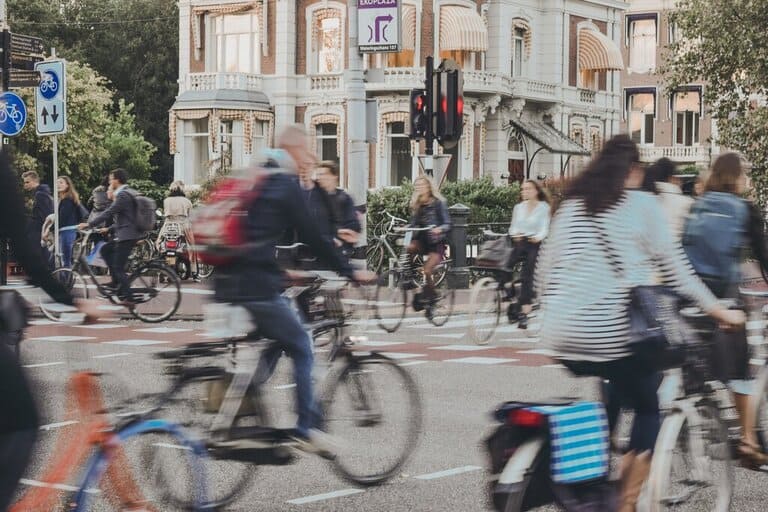
Of all the things that the Netherlands is known for these days, perhaps nothing has a bigger impact on Dutch society than the prevalence of the bicycle as a mode of transportation. Just about every person who lives in the Netherlands has a bicycle and uses it to get around.
There are more bikes in the Netherlands than there are humans (there are about 1.1 bikes per person). Many people even have multiple bikes (I had two myself). For those living in cities like Amsterdam or Rotterdam, the bike is the main way to get to and from work. Ever wondered why every Dutch person you’ve ever met is thin? Well, now you know one of the main reasons!
Dutch cities have extensive bike path networks. It’s really quite impressive. The bike lanes are usually brick-red colored and they flank most roads throughout the country, even highways! You can get from any point in the Netherlands to any other point by bike. And the country is small enough that you could bike straight across it in one day!
The Netherlands wasn’t always this way though. After WW2 the country was falling into the automobile trap like many other countries. But after protests over excessive deaths caused by vehicular accidents, the Dutch government took action in the 1970s and basically incentivized biking while disincentivizing driving.
Amazingly enough, it worked. The country went on to build tens of thousands of kilometers of bike lanes and made it difficult and expensive to drive.
2: Cheese

The Netherlands is so synonymous with cheese that entire styles of cheese have been named after the Dutch city where they originated from. Smoked Gouda is a popular cheese in American grocery stores.
But Gouda is just a small city in the Netherlands, north of Rotterdam, that is famous for cheese. The village of Edam also has its own cheese variety. But Dutch cheese is so much more than just a tale of two cities.
The Dutch have been making cheese since about 200 BC. Cheese markets started popping up around the Middle Ages and the legend has only grown from there. These days, the Netherlands exports an insane amount of cheese, over 400,000,000 kilograms per year.
Go to your local supermarket and look around at the cheeses (not the stuff in ziploc packages, I mean the expensive stuff) and you’ll see tons of cheese that is a product of the Netherlands.
If you want to experience a local cheese market, they are still held in cities like Gouda, Edam and Alkmaar. Though these days the markets are mostly just for tourists. Still a fun way to spend a Wednesday morning!
3: Canals and Civil Engineering

The Dutch didn’t invent canals, but I could tell you that and you’d be inclined to believe me. Canals are a staple of every city in the Netherlands.
Built over the course of centuries through the Middle Ages and the Dutch Golden Age, the canals served as early fortifications as well as navigable trade routes. Remember that vehicles were not a thing in those days, and the system of canals in the Netherlands made transporting goods and people as simple as it could be.
It’s not just the cities in the Netherlands that have endless canals winding through them. Even small villages (like Giethoorn) feature the narrow waterways. You’ll even see canals flanking rural roads connecting towns. But you get the point. The Netherlands and canals go hand in hand.
On a related note, the Dutch are world-renowned for their civil engineering knowledge and skills. A solid amount of the country is literally below sea level, so flooding has always been an issue. But leave it to the Dutch to pioneer a water management system of dikes, windmills, and water rerouting so they could remain a country and not be taken over by the sea (something that is still of vital importance with global sea level rise). In fact, the word “dike” comes from the Dutch word “dijk” for a man made barrier meant to keep out sea water.
4: Windmills

The Dutch have been harvesting the power of the wind for generations. From milling grain to sawmills to pumping water out of flooded land, windmills have had a variety of uses in the Netherlands over the last 800 years.
These days there are about 1200 windmills still around and they are mostly for show, having been replaced by more efficient technology. In fact you can find one of the best breweries in Amsterdam in an old windmill.
The remaining windmills are scattered around the country, with the most famous collections being at Zaanse schans outside of Amsterdam and Kinderdijk outside of Rotterdam. You can you visit these two popular tourist attractions to learn more about the history of Dutch windmills.
5: Tulips
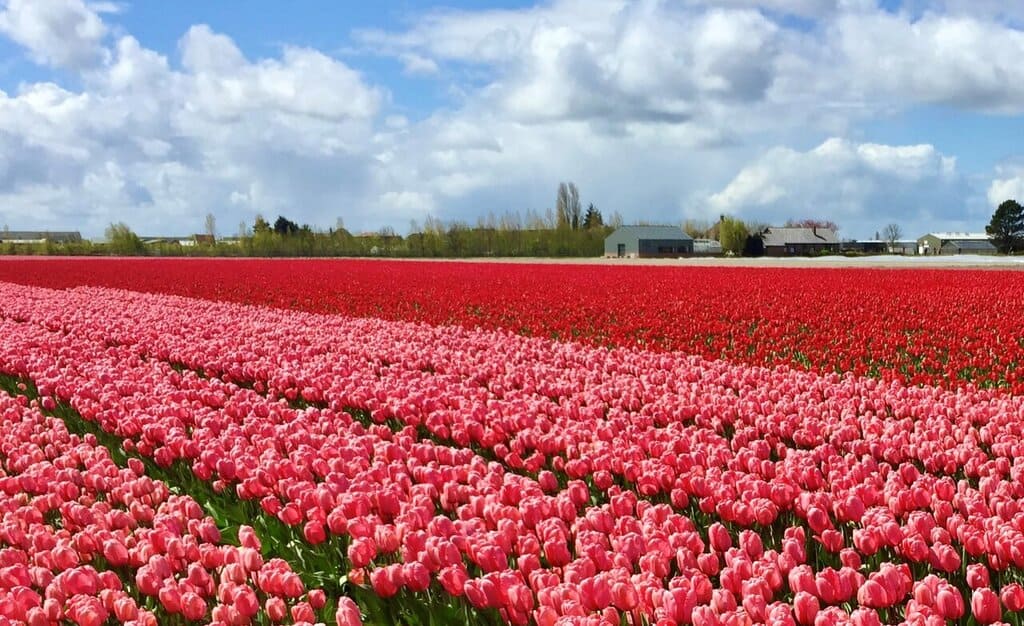
The Netherlands leads the world in tulip production and exports. For a country with less than 18 million people that is quite the staggering statistic. Tulip fields are scattered all across the country, but are most prominent in the provinces of North Holland and South Holland.
Look at the Google satellite view between Amsterdam and Rotterdam and you can see just how many fields of endless flowers this little country has.
Tulip tourism is huge in the Netherlands. Every April people from all over the world flock to the Netherlands to experience the annual tulip bloom and the world famous Keukenhof Gardens. And if you can’t make it to the Netherlands for the tulip bloom, just head to your local garden center to buy some tulip bulbs of your own. Chances are they’re imported from the Netherlands!
6: Wooden Clogs
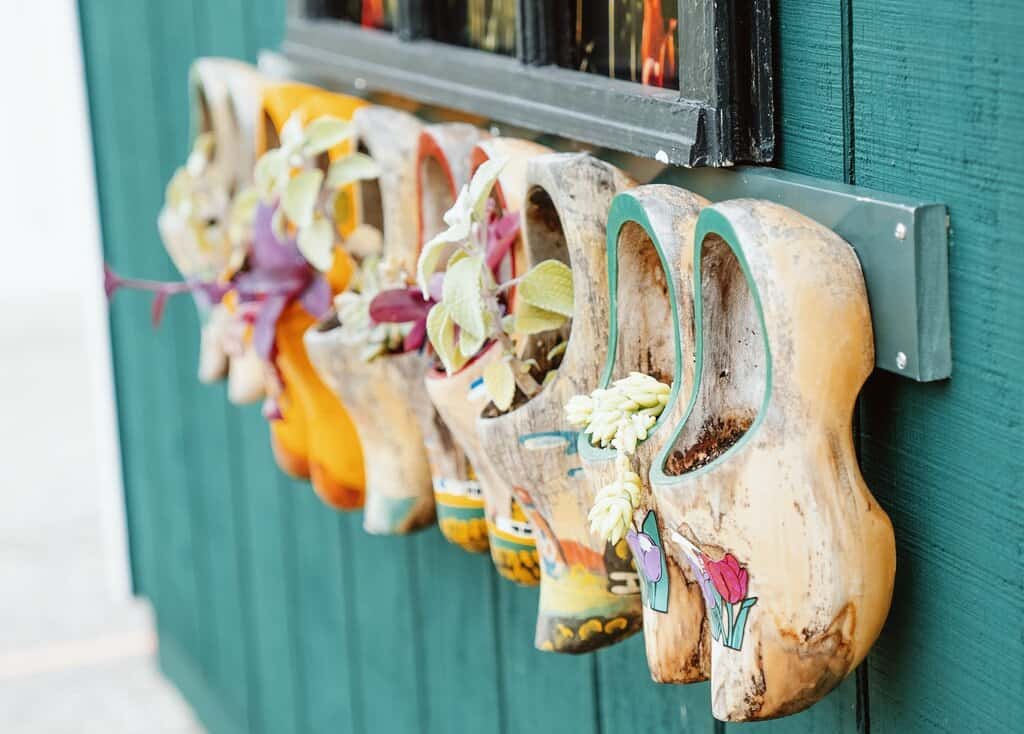
Wooden clogs are a funny thing to be known by, but the Netherlands pioneered the usage of these carved utility shoes. Clogs date back about 800 years and we’re traditionally used in the muddy fields to keep feet clean and warm.
These days modern boot technology has long surpassed the wooden clog, but clogs still exist as a novelty item. You won’t see anyone walking around Amsterdam wearing clogs or anything like that. You can still buy a pair at various souvenir stores though.
7: Famous Painters

The Netherlands has been home to some of the most influential painters in history. The Dutch Golden Age (1588 – 1672) brought not only global exploration and colonialism, but many famous works of art.
While most people know Rembrandt and Van Gogh (Van Gogh was well after the Golden Age), the Netherlands produced many other famous painters as well. These include Albert Cuyp, Johannes Vermeer, Jan Steen, and Jan van Eyck, to name a few.
Rembrandt and Van Gogh have entire museums dedicated to them. Many other famous paintings are featured in the Rijksmuseum in Amsterdam, as well as various other museums around the country.
8: Global Conglomerates

In the modern era, the Netherlands has punched well beyond its weight when it comes to business and international corporations. Some of the largest and most recognizable companies in the world are Dutch, even if you don’t know they were. Here are some of the largest and most influential Dutch companies that you’ve probably heard of:
- Shell: the oil giant Royal Dutch Shell was based in The Hague, though as of 2022 Shell’s operations were moved to London.
- Heineken: the beer that reaches every corner of the globe was founded and is still based in Amsterdam.
- Philips: the electronics company was founded in 1891 in Eindhoven.
- Booking.com: the hotel booking website has taken over the travel industry in the last 10 years and is based in Amsterdam.
- KPMG: the global consulting firm is headquartered in Amstelveen.
- ASML Holdings: if you haven’t heard of ASML yet, you will soon. The Dutch company is one of the only companies in the world that makes the machines that make computer chips and as of 2023 they are one of the most valuable companies in the world.
- Unilever: half Dutch and half British, Unilever makes literally everything. You might know some of their brands like Axe body spray and Ben and Jerry’s ice cream.
- Aegon: the insurance and financial services behemoth is based in The Hague.
And so many more we can’t list… you get the point though. The Netherlands is big on big business.
9. Being Almost Completely Flat
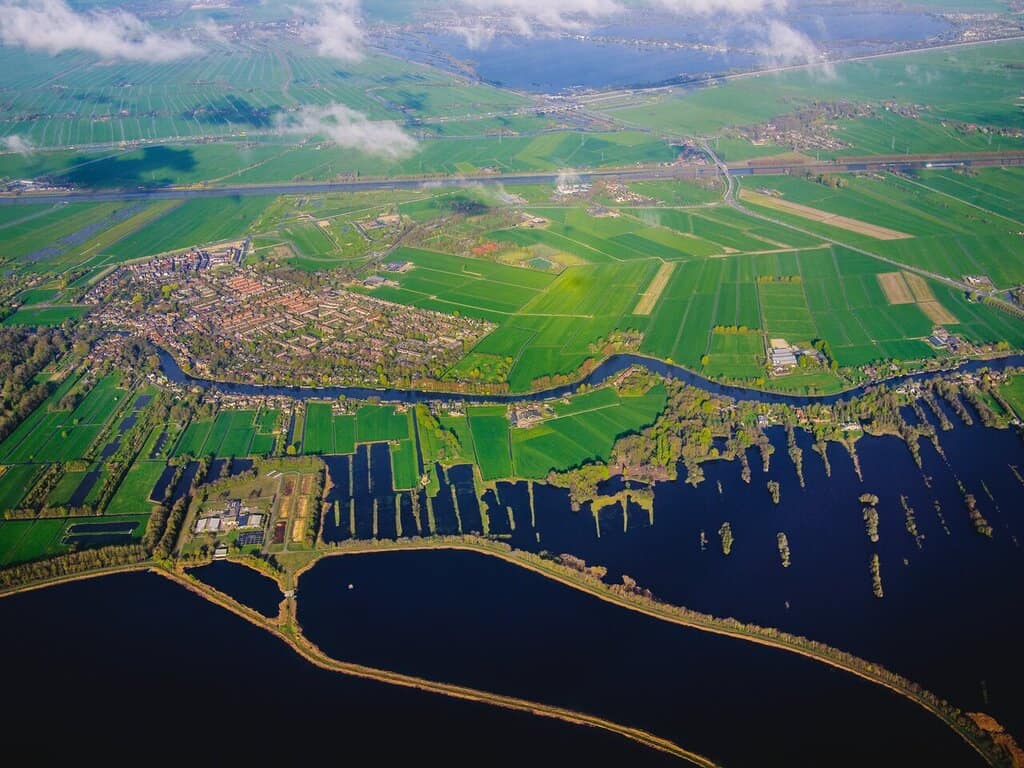
The Netherlands is famously flat. I mean like… it’s really flat. Outside of the Limburg province in the southern part of the country where it meets Belgium and Germany, you literally will not find a hill in the entire country (unless it’s manmade like at a dike or an overpass).
The country is so flat essentially due to its location as a river delta for the Reine and some other major European rivers. It’s the same reason southern Louisiana is so flat and why New Orleans is below sea level.
Much of the Netherlands is below sea level too. In fact, the name of the country in Dutch is Nederland, and it literally means “lowlands”. To top it all off, about 20% of the country is reclaimed land. If you drive north from Amsterdam towards Groningen you’ll pass through land that is literally a newborn baby on a geological scale. The solid land of the Flevoland province was created in the 1950s and 1960s.
The Netherlands is not the flattest country on earth, though. It’s not even in the top 10, which is full of mainly tiny tropical island nations like the Maldives and the Marshall Islands.
In fact, if you go by highest elevation, it’s not even the flattest in Europe. The highest point in the Netherlands is 322.7 m (1056 ft) above seal level, almost twice as high as the highest point in Denmark! In terms of average elevation, though, the Netherlands is the flattest country in Europe.
10: Having the Tallest People on Earth
The Dutch are, on average, the tallest people in the world. The average Dutchman is 6’-0” tall and the average Dutch woman is over 5’-6”. You really notice it if you hang out with a group of Dutch guys and literally everyone is taller than you. Dutch women don’t stand out for their height as much as men, but it’s rare to find a very short Dutch woman.
You’d think all these tall people would mean they’d be great in basketball, huh? But average height doesn’t necessarily mean they have the tallest individual people. On the list of the tallest people ever to have known to live, the first Dutchman comes in at #34. Still pretty good, but you’d think a lot of other countries would have the tallest people based on that list.
Either way, if you’re vertically challenged just make sure to sit in the front row when you’re in the Netherlands!
11: Having High English Proficiency

The rate of English fluency in the Netherlands is probably better than in the United States. The Dutch are great English speakers. Estimates for English proficiency in the country range from about 90-93%. Just about everyone in Dutch cities speaks English and most of them are fluent.
In small villages it’s more common to find people who don’t speak English, but it’s rare that you won’t be able to have at least a basic conversation with someone.
Where you’ll find the most struggles with English will actually be the African and Middle Eastern immigrant communities in Amsterdam or other cities. They were pushed to learn Dutch when they immigrated instead of English, which makes sense.
There are also people who speak enough English but aren’t necessarily fluent. They’re often not super comfortable explaining stuff to you but can have a decent conversation.
12. Agricultural Exports
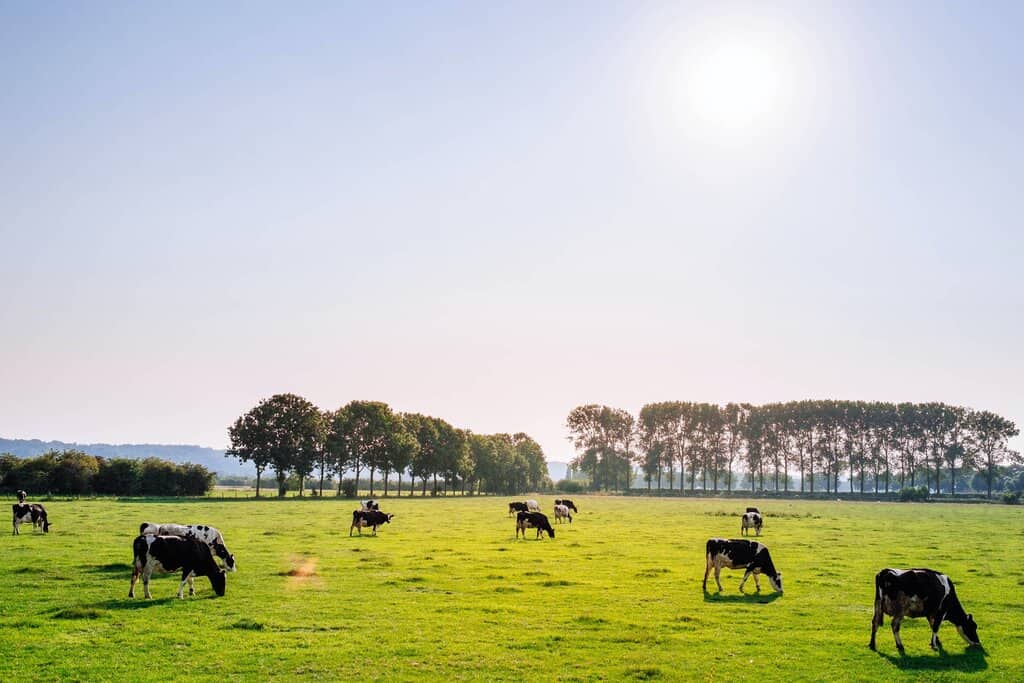
For a small country the Netherlands produces a ludicrous amount of agricultural exports, second only to the United States, a country hundreds of times its size. How is that even possible? Well, the Dutch are master farmers and have pioneered significant agricultural technologies over the last couple decades, including cell-cultured meat, vertical farming, and robotic milking, among others.
When you fly over North or South Holland you can’t help but notice the endless greenhouses. These glass buildings are literally everywhere and with their controlled atmosphere, require about 10 times less space and 50 times less water than traditional outdoor farming.
The amount of meat and produce produced in the Netherlands is truly astonishing and a testament to Dutch engineering and innovation. We could go on all day about the enormity of Dutch agriculture but if you’re curious to learn more you can check out this Dutch Review article.
13: Liberal Policies on Marijuana and Prostitution

If you would have asked any 19 year old in the 2000s what Amsterdam is known for they would have said “weed and prostitutes.” It’s true, though. Amsterdam – and the Netherlands in general – is widely known for its liberal attitude on marijuana and prostitution.
Marijuana dispensaries – called “coffee shops” – are all over Dutch cities. They are a very popular tourist attraction, though locals use them too. These days, as marijuana becomes legal in more and more countries, they are becoming less of a novelty, but they are still a staple of many tourist’s itineraries. Marijuana paraphernalia is also widely available at dozens of stores in central Amsterdam and all across the country.
The story of prostitution in the Netherlands is not quite what you’d think. While prostitution has been a part of Amsterdam and the Netherlands since the Middle Ages, it wasn’t actually legalized until 2000.
It was tolerated throughout the centuries and the official legalization was made to try to protect the sex workers from trafficking and other shady practices. They also have to pay taxes on their earnings to the government just like you and me.
14. Red Light Districts
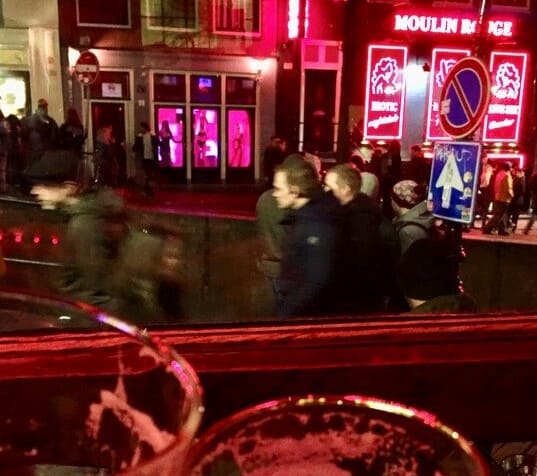
Speaking of prostitution, because of the acceptance of the practice the Netherlands is widely known for having big and plentiful red light districts. Essentially these are areas where prostitutes work, typically in windows with red neon lights indicating that they are open for business.
While Amsterdam has the most well known and spectacular red light district in the world, many other Dutch cities like Groningen and Haarlem have red light districts too, though on a significantly smaller scale.
The women who work in the red light districts are typically from Eastern Europe. It’s not too common to find a Dutch woman working in a window, though it does exist. Rates start at 50 euros to get in the door and the rest is negotiation.
A good prostitute in Amsterdam can easily bring in 2000 euros per night. The Amsterdam red light district also features live sex theaters, peep shows, and a plethora of grimy bars. It’s a must-see on any trip to the Netherlands, even if just for a moment to see what it’s all about.
15: The Dutch are Very Direct
The Dutch have built an international reputation over the generations for being very direct and getting straight to the point, regardless of how that might make you feel. They’re not being rude, instead they feel it’s most polite to get straight to the point. Many people misconstrue Dutch directness as them being mean, but that’s not how it is at all.
Consider this hypothetical: you ask your Canadian friend and your Dutch friend if they like your new handbag. Your Canadian friend smiles and says it’s awesome. Your Dutch friend tells you that it’s not a nice handbag and it looks silly on your shoulder. Is your Dutch friend being rude, or just brutally honest?
Now of course not every Dutchman and woman is like this. But this stereotype does have a basis in reality. So don’t expect the Dutch to sugarcoat anything for you. They’ll tell it like it is.
16. House Music and DJs

For whatever reason, the Dutch breed DJs like they were an agricultural export. House music (aka DJs) is the gospel in the Netherlands and it’s as ingrained into Dutch society these days as cheese and bike lanes.
The Dutch pioneered modern electronic music and DJs still completely dominate the Dutch music scene. It’s a rite of passage for a young Dutch kid to learn how to work a turntable. I’m only half kidding there.
Some of the most successful DJs ever, like Armin van Buren, Tiësto and Martin Garrix hail from the Netherlands. And for every world-renowned Dutch DJ there are thousands of local ones spread across the country. If you walk into a bar in Amsterdam you’ll be hard pressed to find a live band playing, but finding a DJ performing is like finding a pickup truck on a highway in Texas.
17: Speed Skating
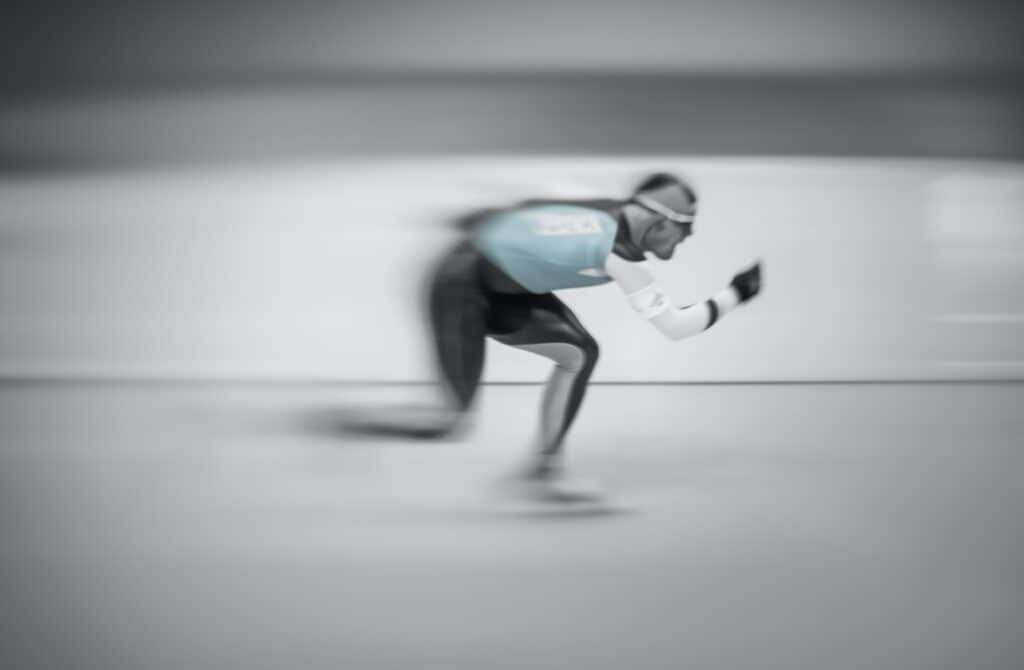
Every European country seems to have one Winter Olympics event that they’re really, really good at. In the Netherlands that event is speed skating. In the 2014 Sochi Olympics the Dutch won literally all but one long track speed skating medal. They simply dominate the sport. But why?
There are all sorts of explanations for why the Dutch are master speed skaters. For one they are really tall, as we’ve already discussed, which tends to help in speed skating. They also do have a tradition of skating on frozen canals back in the 1800s (you know back when the planet was colder). Skating on frozen canals has never actually been a primary mode of transportation though, as Katie Couric would have you believe.
The real reason the Dutch are so dominant in speed skating is simply that they invested in it. Speed skating is not exactly a popular global sport and after the success of some Dutch speed skaters in the 1980s and 1990s, the government basically realized this is something they can win and invested heavily in speed skating infrastructure and training. Dutch kids learn to skate when they can barely walk and speed skaters are highly admired in the country. The rest is history.
18. Superyachts
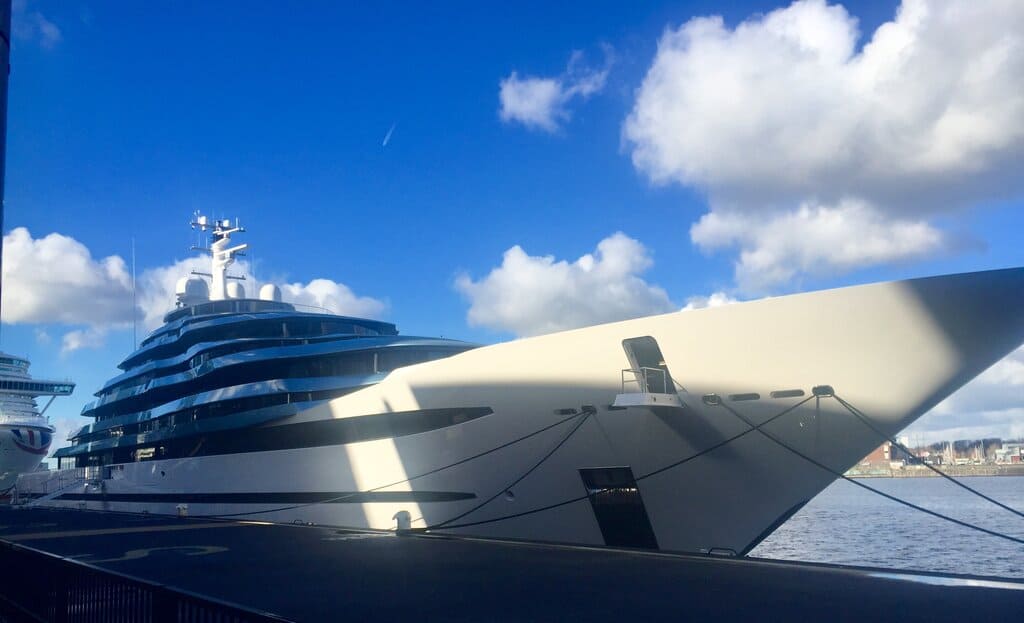
You might be surprised to learn this, but the Netherlands builds the second highest volume of superyachts in the world, behind only Italy (measured by total length of yachts produced).
The North Sea isn’t exactly a yachting heaven, but Dutch craftsmanship has led to a significant superyacht construction industry in the Netherlands. In fact, the word “yacht” comes from the Dutch word jacht, which means “to hunt”. The jachtschip (hunting ship) was a ship that was used to hunt down enemy ships in the 1600s and the word evolved from there.
At any given time there are numerous superyachts parked along the waterways of the Netherlands, many of them having returned for repairs. Dutch yachts are known for their superior quality and workmanship. Should you find yourself a billionaire one day, you might want your yacht built in the Netherlands!
19: Being the Best Footballing Nation Never to Win the World Cup
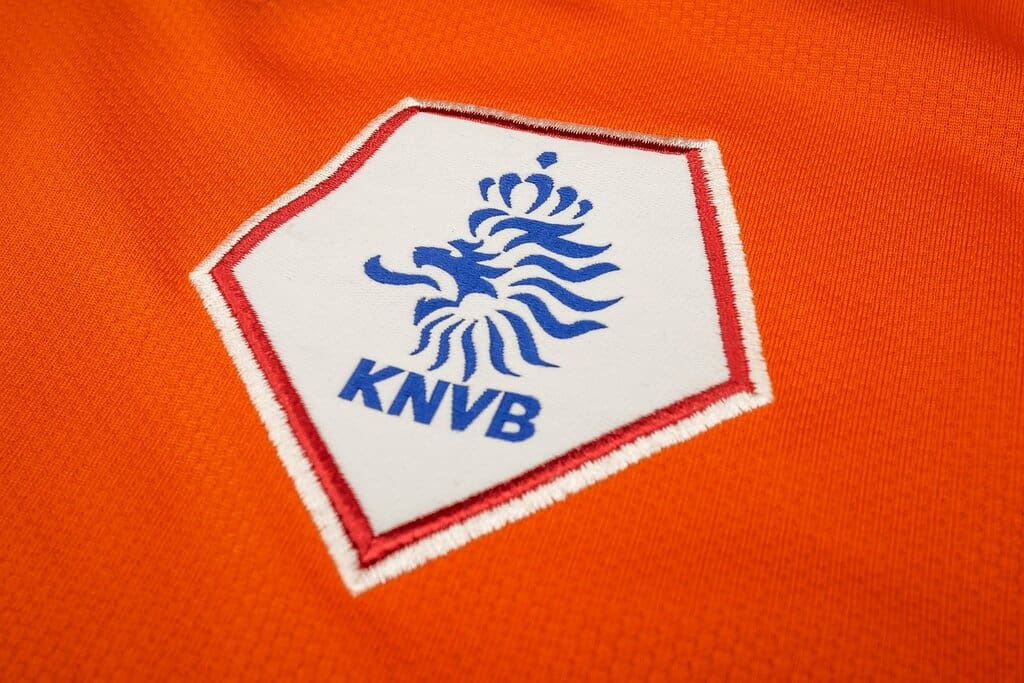
This one will sting for my Dutch readers, but it’s true. The Netherlands is the best football-focused country to never win the World Cup. The Dutch men’s national team has lost three times in the finals and made the semifinals on two additional occasions.
They consistently perform well in the tournament and are a staple in the quarterfinals (at least when they qualify). Yet as talented as they are they’ve never hoisted the cup. They were most recently within grasping distance of the cup in 2010 when they lost in overtime to Spain in South Africa.
The Dutch will probably win it all one day, but for now it’s never happened and they remain the most talented country never to win the World Cup.
20: Tiny Beers

If you fancy yourself a beer drinker a visit to the Netherlands can come with one shocking surprise. While the Dutch make some of the best beer in the world (link) and there are tons of great breweries in Amsterdam (link), many people are thrown off by the size of the draft beers you get at a bar or restaurant.
Draft beers in the Netherlands come in 250 mL (8.5 ounces) glasses. This is just the way it is all across the country. The Dutch prefer these half beers to a proper pint. Bottled beers are 330 mL (11.2) ounces so you’ll get a slightly bigger portion ordering in the bottle.
So don’t be fooled into thinking you’re getting a great deal looking at the bierkaart (beer menu). You’re just getting less quantity.
Final Word
Now that you’ve read through the most important things that the Netherlands is known for you probably realize the overwhelming influence this tiny nation has on the world as we know it today. It’s really remarkable how a flat land prone to flooding with little to no natural resources became the global behemoth of agriculture, engineering, sport and business that it is today. When traveling around the Netherlands be sure to think of these things to gain a greater appreciation for Dutch culture.

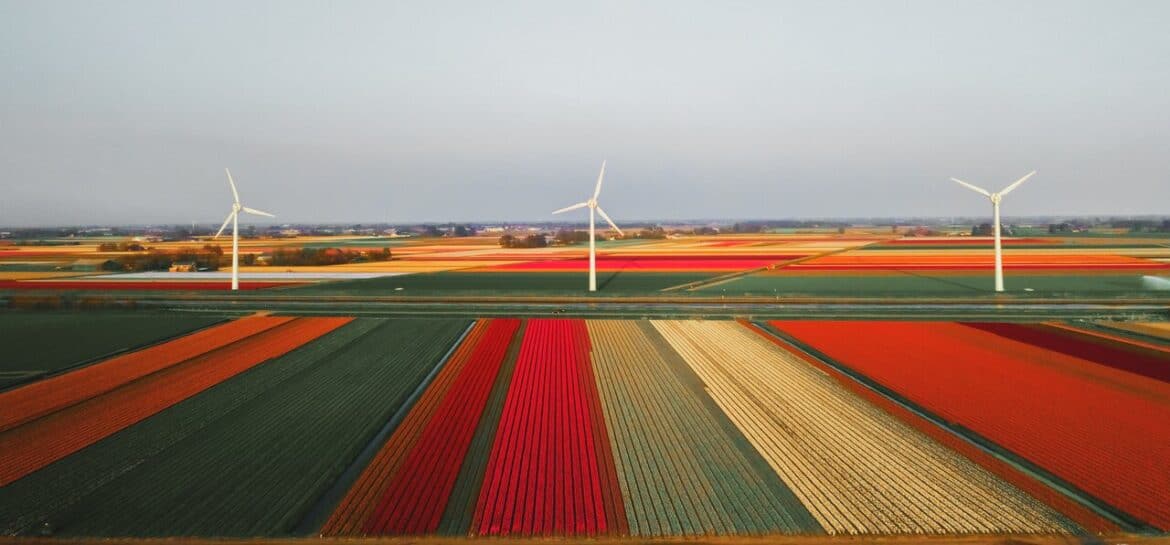
2 comments
is there a book of Bizarre,expnsive or incredible Things Found only in the Netherlands ?
I visit already more than 20 years 2 times the USA (My daughter husband and grandchilderen) and a like to give it to my American friends, and grandchilderen
Hoi Hans. Not that I know of, but maybe I should write one! A quick google search found a few other things, not necessarily things the country is known for internationally but things like National Redhead day and the cube houses of Rotterdam. I have a Dutch cookbook that could make a good gift though, if they are into cooking!